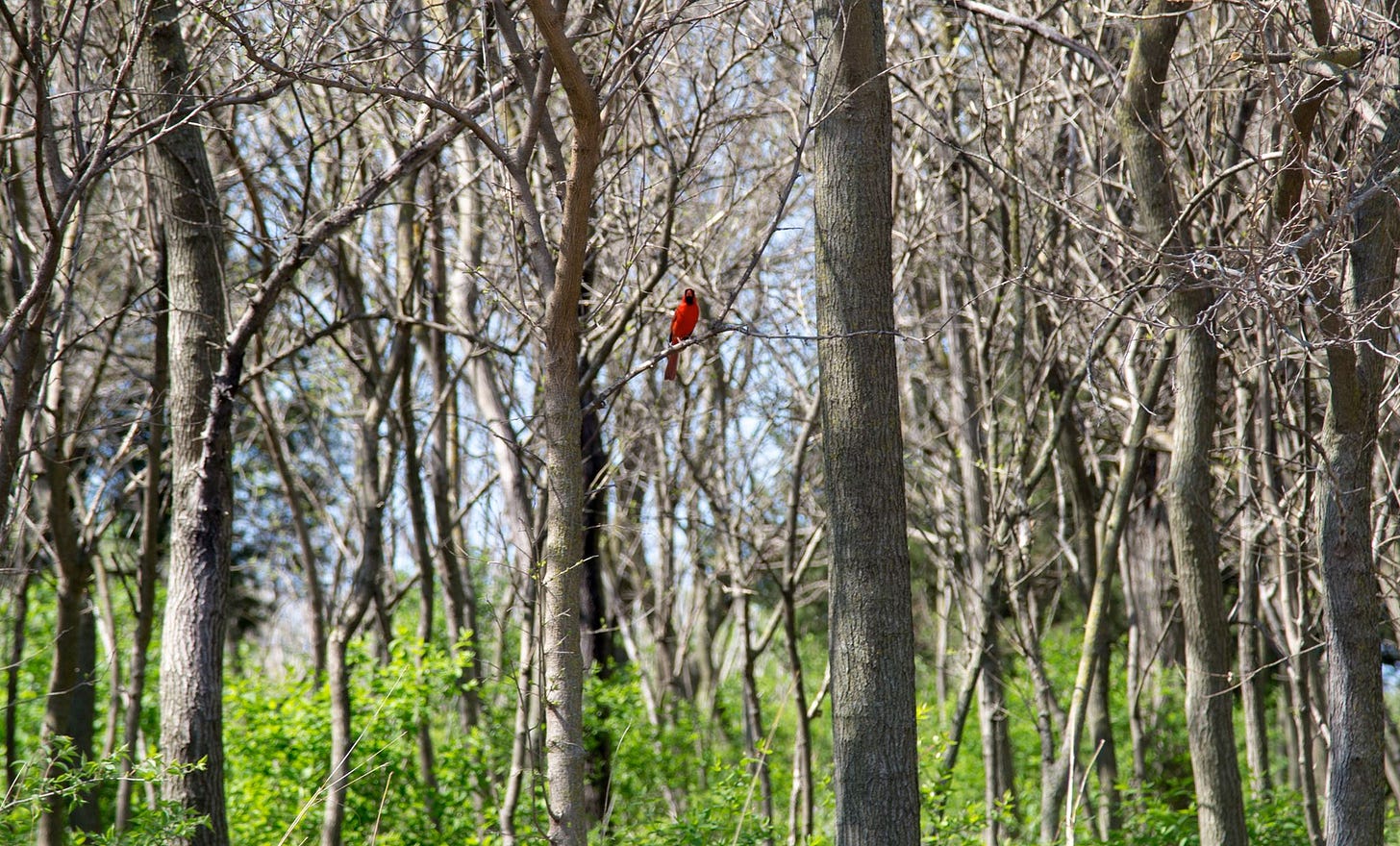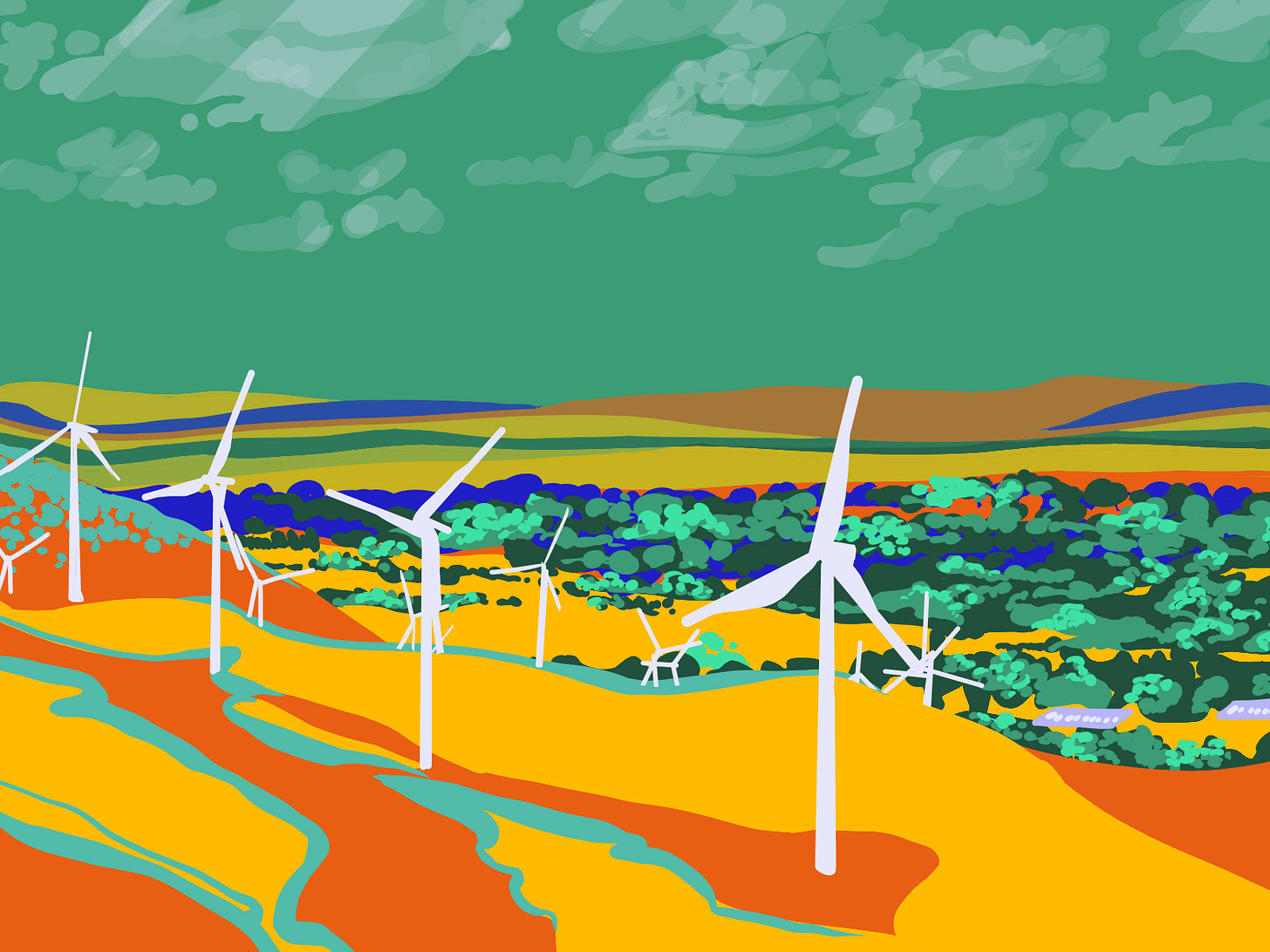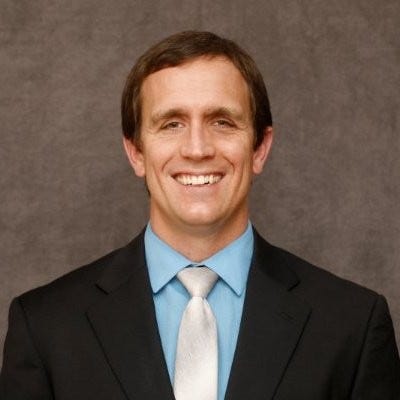The case for publicly owned energy
Nebraska is the only US state where energy is provided not-for-profit, via public utilities. Now it's going green.
🌏 You can expect more positive climate coverage from Ours to Save over 2022, with a deeper focus on video and visuals. As always, the best way to support us is by becoming a paid subscriber. This will ensure we can keep publishing forward-thinking environmental journalism. 🌏
The case for publicly owned energy
In Nebraska, the Omaha Public Power District is fighting to go green, despite opposition from the United States' energy services. By Kalee Lamp Sparr.
Members of the Omaha Public Power District are paving the way for clean energy industry in Nebraska, USA, with plans in place to transition to renewable sources of power.
The recent movement towards clean energy - such as solar and wind - has been aided by the state’s publicly-owned power districts (POUs) and the progressive visions of its board members. One of these is Eric Williams, who brings a focus on fair rates, public engagement, and clean energy to his directorship.
“The better chance towards a decarbonised future is through publicly owned utilities,” Williams says.
This vision of the future is key for Nebraska, the only US state that has kept all of its electric utility providers under public control - and out of the private sector. When it comes to the energy transition, the ability to make language and policy changes within POUs provides a real advantage.
How specifically is Williams using the tools available to him at OPPD to push for green energy? And is there, within this, a blueprint for energy structures globally?
Williams’ first move as chair of the Systems Committee was to revise the language of OPPD’s Environmental Stewardship Policy to state that it “recognises the scientific consensus on climate change.” Prior to this, the term “climate change” was not acknowledged anywhere within its policies.
He also acknowledges the necessity of making the transition to green energy as easy as possible for ordinary people:
“People clearly want to be part of the clean energy transition, and policy change that supports this encourages them to be involved.”
Policy change
A major development occurred in mid-2021, when OPPD changed its net metering policy.
Net-metering is a billing mechanism, which enables homes that produce their own renewable energy to reserve surplus electricity for a later date. It has proved crucial in supporting households and businesses reliant on solar power.

The new policy led to a significant uptake in applications for solar power in the last year, outnumbering the previous 10 years combined.
Conversely, private utilities, which control over 70% of the United States’ electricity services, are strongly opposed to net metering – and are taking an aggressive stance on policies that enable households and businesses to adopt solar power.
Meanwhile in Nebraska, OPPD’s Power with Purpose Project has finalised its plans for an 81-megawatt solar farm, set to be operational by summer 2023. The project is expected to update its request to add additional solar resources reaching 600 MW.
“People in Nebraska should be proud that their public power utilities are preparing for the future and have set goals that are in line with climate science,” Williams reiterates.
Planning for decarbonisation
OPPD has also released a “Pathway to Decarbonisation” report, which guides resource planning, directs policy updates, and assists in the employment of renewable energy.
“People will be surprised by the amount of new clean energy resources we expect to need,” Williams states. The projected energy demand of OPPD territory “is expected to take three times as much total electric consumption by 2050 as it had in 2020.”
Much of this growth is due to the increased need for electrically powered transportation and indoor heating. However, the expected increase is still huge and will require large scale deployment of renewable energy, including storage.
The decarbonisation modelling report seeks to determine the appropriate metrics that should be used between now and 2050 - the timeline for the net zero carbon goal.
The board is working flat out, writing policies that encourage a transition to renewable resources – whilst also maintaining the reliability and resilience of the grid.
Nationwide support
However, Williams is certain that utilities cannot make the transition alone:
“In order to meet the renewable energy demands and net zero goals being pledged, we need comprehensive policy and legislative support, not just in Nebraska, but across the nation.”
Williams cites the Build Back Better Act as a trailblazing example of the type of policy needed at the federal level to accelerate renewable energy: “It has a wide assortment of assistance, including funding for energy infrastructure, particularly clean energy taxes.” However, BBB will need to move swiftly to be a real opportunity for clean energy.
Other than policy lag, the biggest challenge with solar energy is getting the power online, from where it is made to where it is needed.
“Projects are being proposed to overcome difficulties connecting solar energy into the transmission system,” Williams explains, “but the impact across the grid and the cost of interconnection needs to be finalised to move forward.”
Even without a set energy plan, Nebraska has a great opportunity to move away from its dependency on fossil fuels, due to the state’s incredible wind and solar potential.
“When we look at the industries we can develop in our state, to bring economic success and jobs for the people in Nebraska, clean energy should absolutely be at the top of our list,” Williams suggests.
Under-25s are also bringing momentum to the clean energy movement: “Across the political spectrum, the youth are very engaged in taking action against climate change,” Williams says. “What we are seeing - when it comes to concerns about the climate - is that the youth factor dominates over the political factor.”
The future of clean energy in the state – and the nation – will continue to remain on the line in every election cycle. Consequently, when there are opportunities for public involvement, Williams suggests that we make our voices heard.
Williams' message to his constituents is this: “Let it be known that you want to see clean energy deployed. To see us move to renewable local resources that help protect our climate. And also to develop that clean energy industry here in Nebraska.”
Kalee Lamp Sparr writes about society and the environment, and is currently based in southern Mexico.







